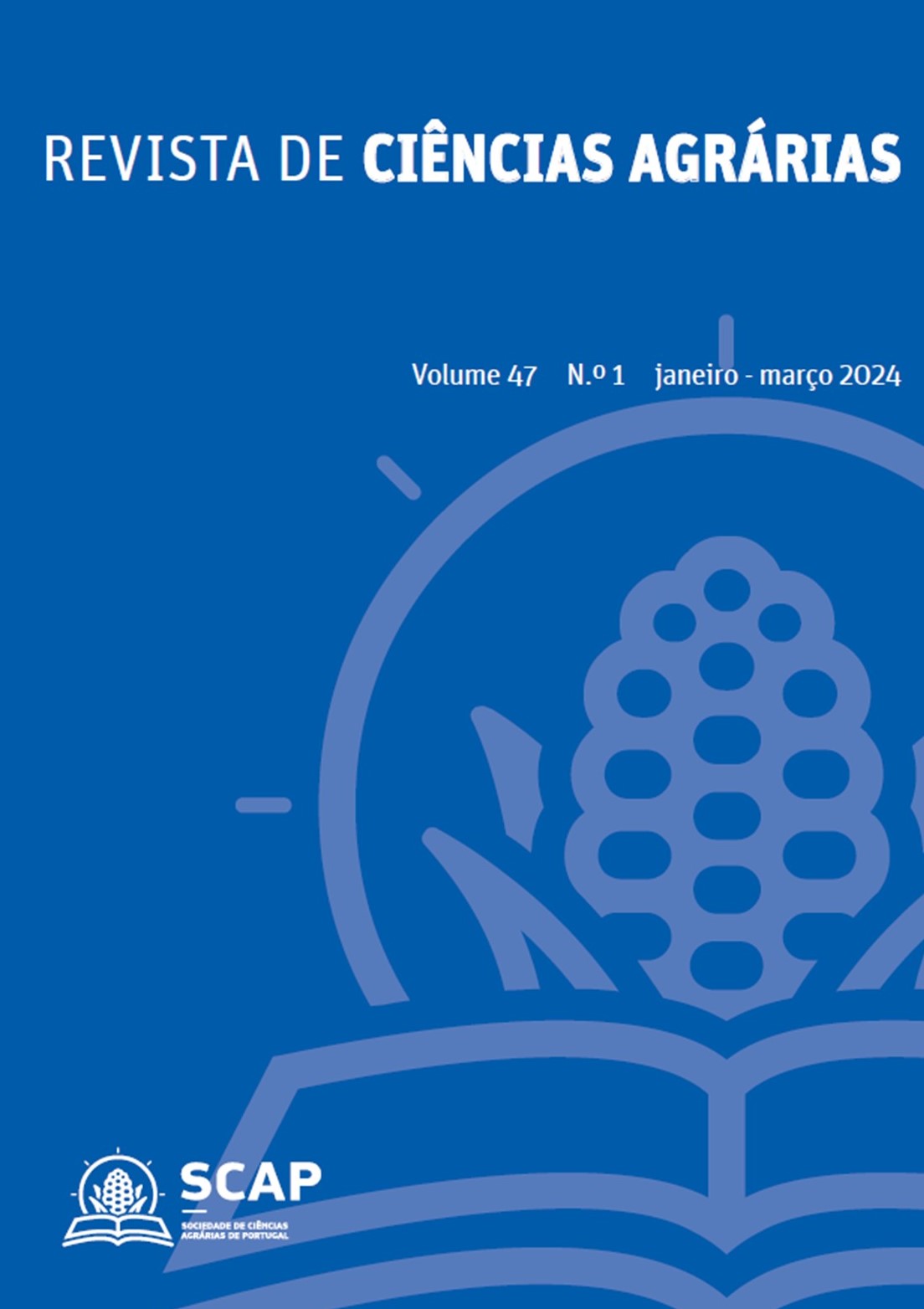Review of databases on weeds and associated insects
DOI:
https://doi.org/10.19084/rca.35065Abstract
Weeds play an important role in the throphic network of agroecosystems since they interact directly or indirectly with other of their components and offer a wide spectrum of ecological functions. The objective of this work was to determine the relationship between plant species and pollinating insects in the autonomous community of Aragón, Spain. Based on a list of 354 species found by the authors in winter cereal fields and adjacent margins during vegetation sampling in recent decades, a bibliographic search was carried out using 6 databases and other sources of information for each species plant to determine the associated insects. The species found mostly corresponded to the botanical families Poaceae, Asteraceae, Fabaceae, and Brassicaceae. 80.5% of species presented entomophilous pollination, where bees were the main pollinating insects (23%), followed by lepidopterans (11%). Both types of insects were reported in a large number of plant species (21.5%). The difficulty of finding information for typical plant species in the region justifies the compilation work and motivates its continuity, which in addition to pollinators, will cover other functional groups of insects such as pests, natural enemies, and virus vectors. These preliminary results aid to know which weed species with flowers potentially attractive to insects should be conserved within and around agroecosystems, as they can favour the provision of the ecosystem service of pollination, contributing to the correct functioning of ecosystems and to food production.


